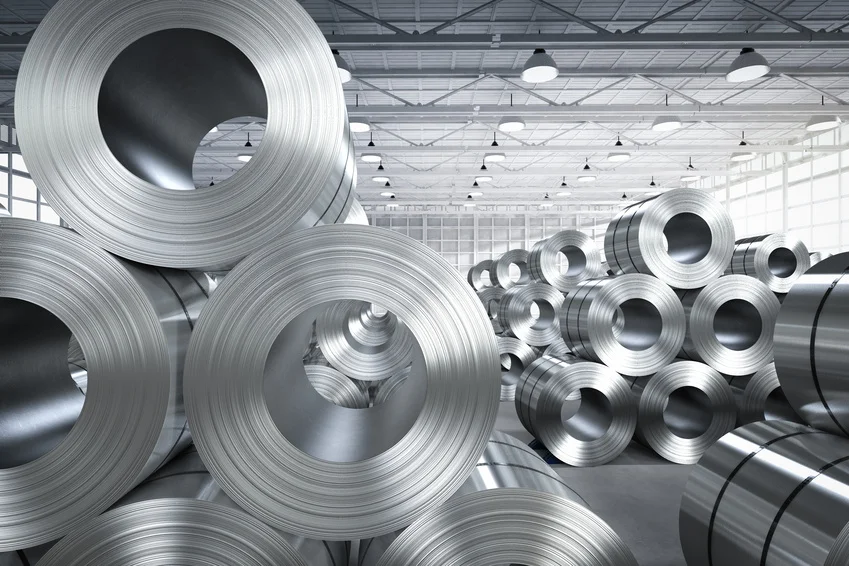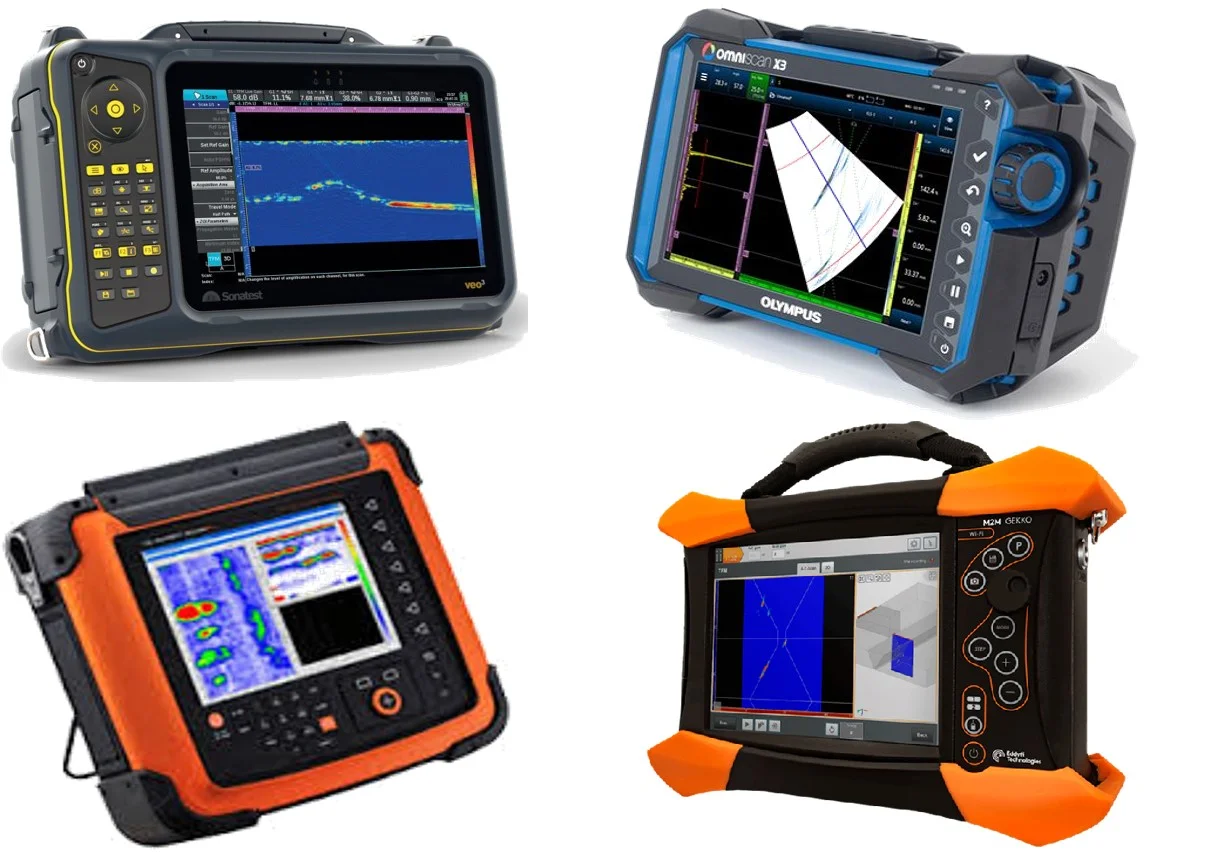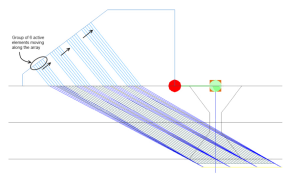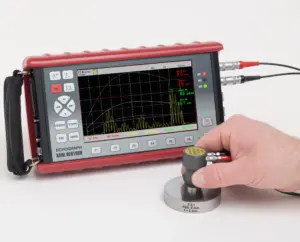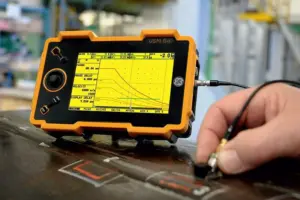Naming and grouping of steels based on AISI/SAE standard:
The percentage of alloy elements equal to 0 (plain carbon steel)
Percentage of alloy elements < 1 (steel micro alloy)
0 < percentage of alloy elements < 5 (low alloy steel)
The percentage of alloy elements > 5 (high alloy steel)
According to this standard, carbon and low-alloy steels are indicated by a 4-letter phrase XXXX, so that the first 2 letters (from the left) indicate the steel group (the second letter indicates the percentage of the alloy element of that group), for example, the number 1 indicates simple carbon steels, 2 Nickel-plated steel, 3 nickel-chromium-plated steel, etc. and 2 last letters divided by 100 indicate the steel’s carbon percentage. High-alloy steels are also indicated by a 3-letter phrase XXX, the first letter representing the steel group, and the following letters have no special meaning.
AISI steels also have a prefix that indicates the steelmaking method.
A reagent for alloy steel with the Siemens-Martin Bazi method,
B carbon steel with acidic Bessemer method,
C carbon steel by Siemens-Martin Bazi method,
D carbon steel with acid Siemens-Martin method
E stands for electric furnace steel.
For example, AISI 2340 represents a nickel-containing alloy steel that is about 3% nickel (25.3 to 75.3) and 0.4% carbon (0.38 to 0.43).
Examples of high-alloy steels are 309, where 3 represents austenitic stainless steel and 409 represents ferritic stainless steel.
